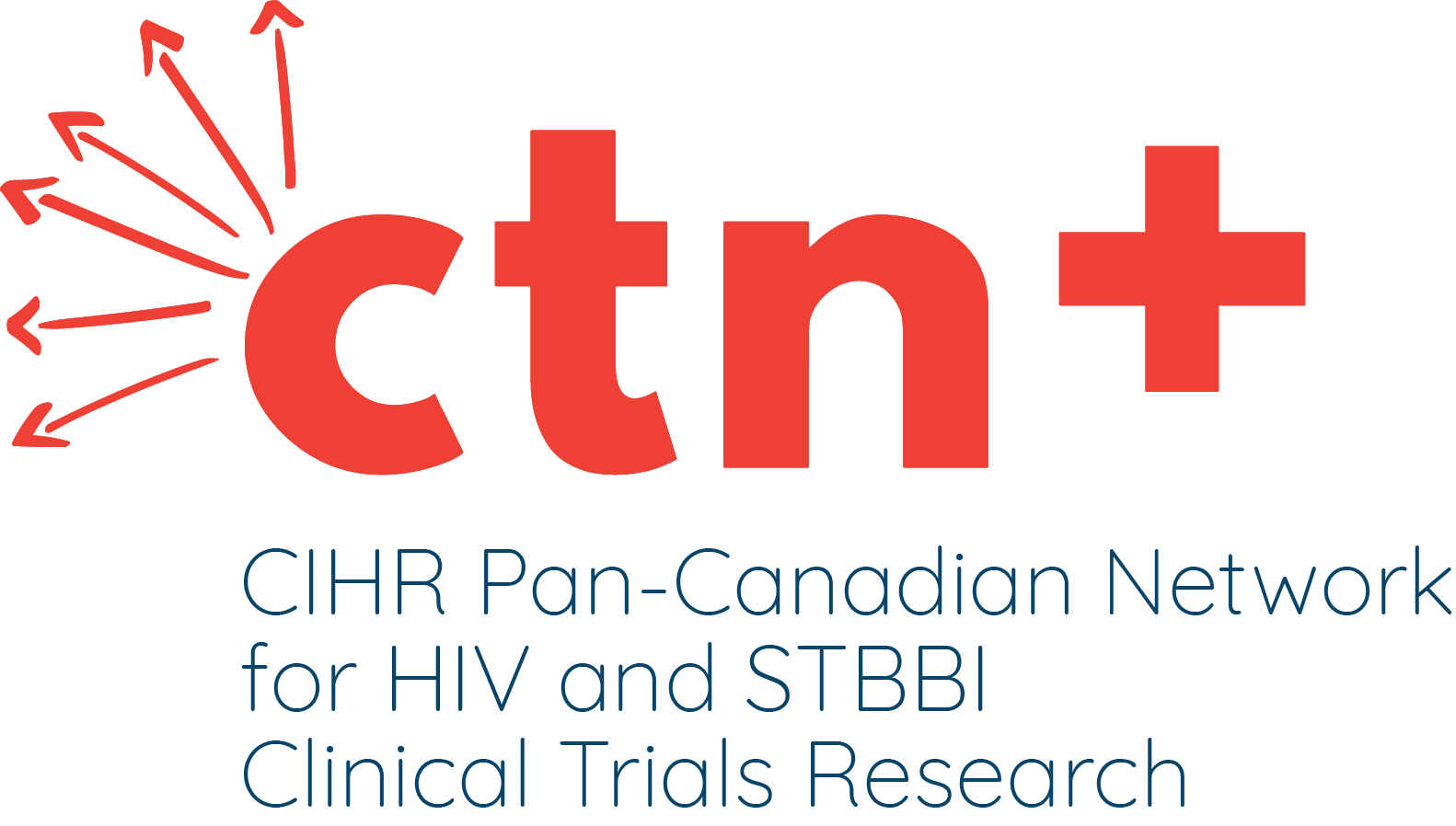About The Study
Evaluate the benefit of adding hydroxyurea (HU) to the combination of ddI/d4T/efavirenz in terms of reduction of viral load. Determine if prior experience with nucleoside analogues (AZT, ddC, 3TC) with or without protease inhibitor therapy limits the response to the studied combinations.
Study Approach
This was a randomized, placebo-controlled trial of efavirenz, ddI and d4T, plus hydroxyurea placebo (the 3D regimen) versus efavirenz, ddI, and d4T plus hydroxyurea (the 3D+ regimen). HIV-infected persons with a CD4 count above 100 cells/mm3 and HIV viral load above 500 copies/ml who were either naive or experienced to antiretroviral therapy, but had no prior hydroxyurea or NNRTI therapy and less than twelve weeks of ddI and/or d4T experience were eligible for the study. Hydroxyurea was added to the combination drug regimen after eight weeks of treatement and was originally dosed at 600 mg twice daily. The protocol was modified in November 1999, decreasing the HU dose to a total of 900 mg daily.
Study population
Ninety-nine naïve volunteers with median baseline HIV viral load of 46.150 copies/ml and CD4 counts of 372 cells/mm3, and 48 treatment-experienced volunteers with median baseline HIV viral load of 6.826 copies/ml and CD4 counts of 341 cells/mm3 were enrolled. Treatment-experienced participants had received previous NRTIs (63%) or NRTIs + PIs (37%).
Results
After evaluating data at 24 weeks, an independent Data Safety Monitoring Board decided to close the hydroxyurea arm (approximately 80% had already completed the study). This was prompted by high drop-out rates due to toxicities among hydroxyurea recepients, primarily peripheral neuropathy. Participants were followed for 48 weeks. In the naïve group, the confirmed failure/discontinuation rate was higher in the HU arm primarily driven by high toxicity rates. In contrast, in the experienced group, the failure/discontinuation rate was higher in the placebo arm, primarily due to higher rates of treatment failure. There was a trend to increasing efavirenz exposure in participants treated with HU. No other significant drug interactions were noted.
Conclusions
In participants initiating HAART, HU did not provide any antiviral benefit over HAART alone and was significantly more toxic. In treatment-experienced participants, people treated with HU had a better virologic outcome despite higher toxicity rates, suggesting that there may be a role for HU in salvage therapy, perhaps at lower doses. The combinations used in this study do not have a notable effect on the pharmacokinetics of HU or other antiviral drugs used in the study.
Note: These results were taken from an abstract presented at the 8th European Conference on Clinical Aspects and Treatment of HIV Infection, Athens, 28-31 October 2001.
